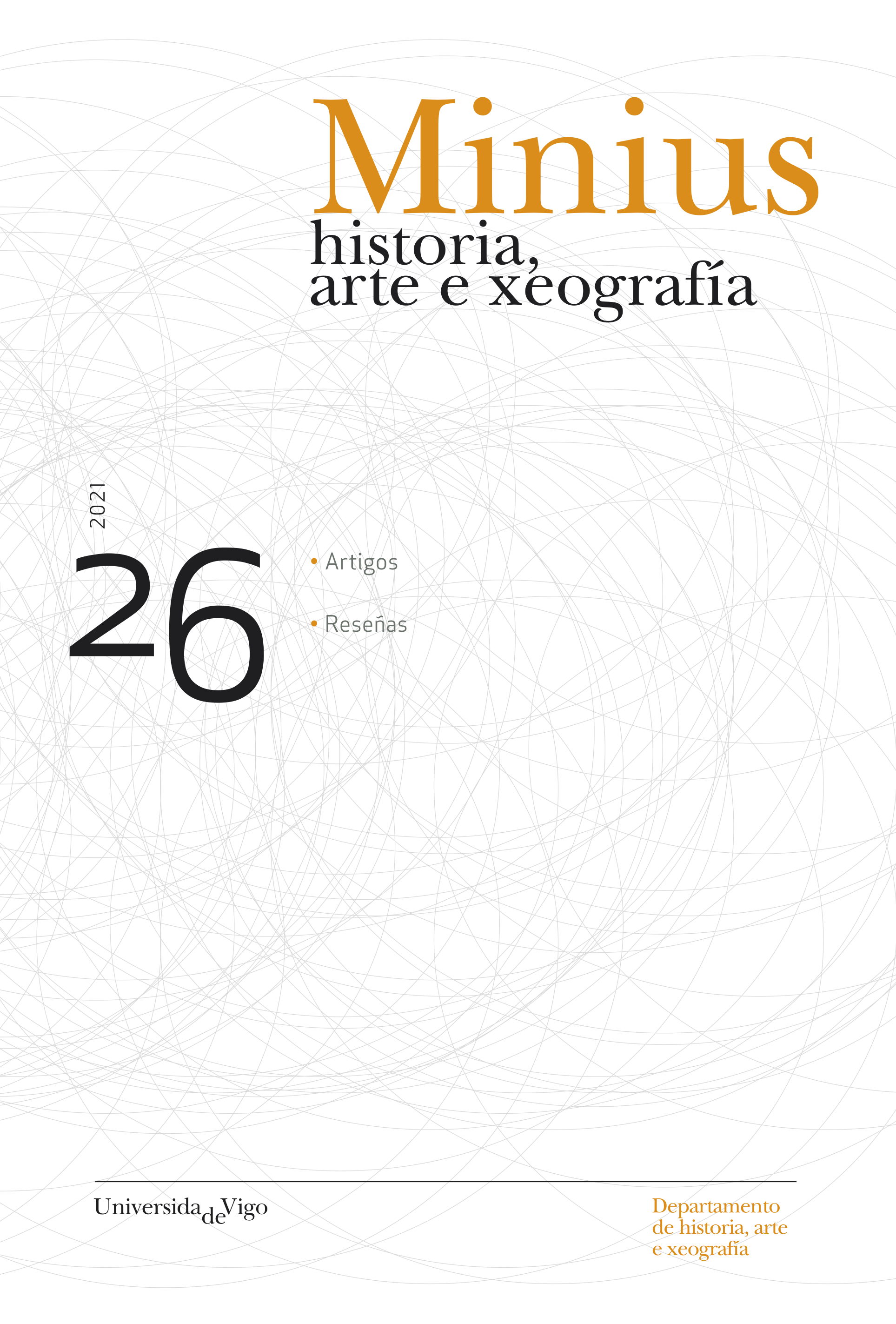Descriptive analysis of the tourist demand in the Galician littoral
DOI:
https://doi.org/10.35869/mns.v0i26.3937Abstract
The monitoring of the tourist demand figures in Galicia in the first two decades of the 21st century shows that it experienced an outstanding growth, but structurally lower than the Spanish average. In this direction, the momentum of the Holy Years seems to have been decisive. This growth trend has been interrupted by the effects of the COVID-19 pandemic on global tourism demand flows. In any case, the main structural problem of tourist demand on the Galician coast is its high concentration, both temporary and spatial. A high temporary concentration that has a negative impact on profitability; insufficient investments; problems of temporary employment; and low utilization of tourism equipment based on territory. With regard to spatial concentration, in the case of concentration at source, the Galician tourism sector is highly dependent on tourism activity from the situation of the national economy. On the other hand, concentration on destination also has negative consequences, which are basically reflected in the loss of quality of the services offered and the deterioration of the physical environment, which in turn makes the destination less attractive. A problem that requires, on the part of tourism managers, the development of a marketing plan focused basically on trying to alleviate these inefficiencies. However, the preparation of such a plan requires that the lack of an adequate procedure for collecting information on passenger flows and potential demand be remedied in advance. The managers of the DMOs (Destination Marketing Organizations) of the Galician coast currently have only general data from statistical sources of a state nature. The managers of the DMOs (Destination Marketing Organizations) of the Galician coast currently have only general data from basically state statistical sources.



